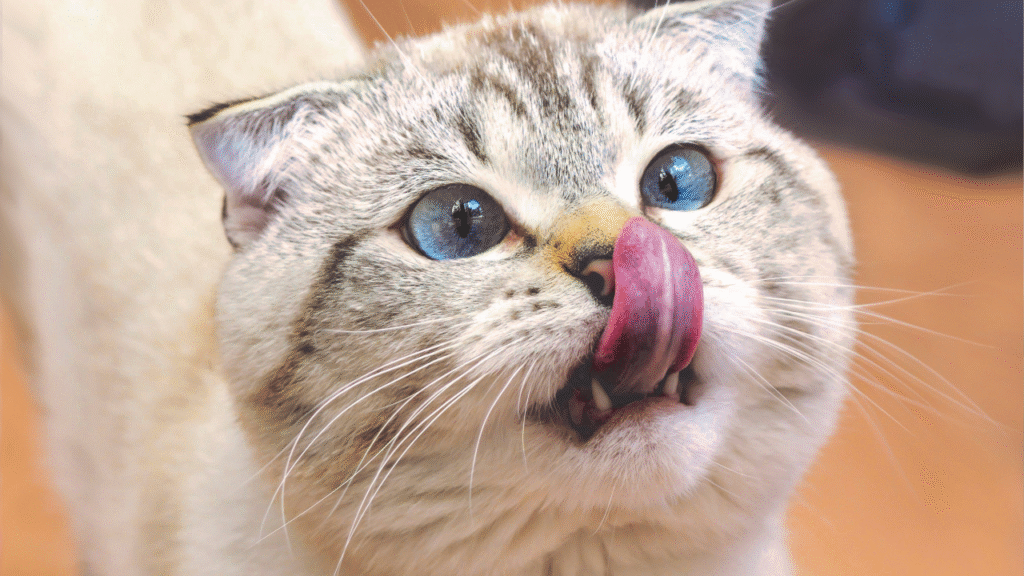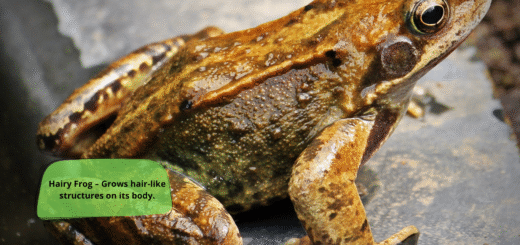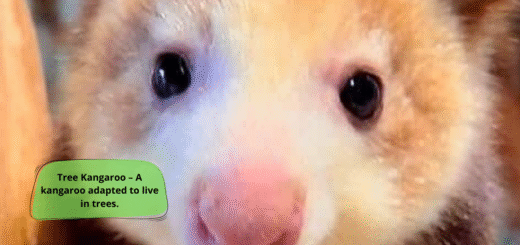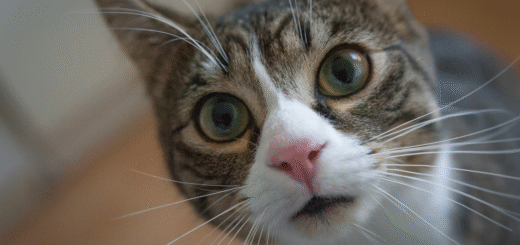What Your Cats Meow is Really Saying
Cats may have a reputation for being aloof or mysterious, but their vocalizations—especially their meows—are a key part of how they communicate with humans. While wild or feral cats use body language, scent, and subtle cues to interact with each other, domestic cats have developed a broader range of vocal expressions to “talk” to the people around them.

Understanding what your cat’s meow means isn’t just about decoding noises—it’s about observing context, tone, and behavior. Over time, most cat owners learn to recognize their pet’s unique vocal cues. But if you’re wondering what your cat’s meow might be telling you, here’s a breakdown of the most common types and what they typically mean.
1. The Classic Meow: General Communication
The standard meow is usually mid-pitched and short. It’s the cat’s way of saying, “I’m here,” or “Hey, look at me.” It might also be used to greet you when you return home, or to ask for attention, food, or access to a room.
Some cats meow more than others—Siamese and other oriental breeds, for example, are particularly talkative. But even quiet cats will use this basic meow to engage with their humans.
2. Multiple Short Meows: Excitement and Anticipation
A rapid series of short meows is often a sign of excitement. You might hear this when you’re opening a can of food or getting the carrier ready for a trip (especially if your cat likes car rides).
These short meows may also be a greeting: “You’re back! I missed you!” Watch your cat’s body language—upright tail and alert ears usually mean they’re happy and welcoming.
3. Long, Drawn-Out Meows: Demanding Something
A longer, more insistent meow often signals a strong desire or demand. Cats use this when they want something urgently—like food, water, or to be let outside.
This kind of meow is usually easy to recognize. It’s often louder and more persistent, and your cat may stare directly at you while vocalizing, just to make sure you’re listening.
4. Chirps and Trills: Friendly Invitations
These unique, high-pitched sounds often come from mother cats calling to their kittens, and adult cats carry this behavior into human interactions. When your cat chirps or trills at you, they might be saying:
- “Come with me.”
- “Look at this!”
- “I’m happy to see you.”
You may also hear these sounds when your cat is watching birds or squirrels through a window. In that case, it’s a mix of excitement and frustration—what some call “chatter.”
5. Yowls, Howls, and Caterwauling: Signs of Distress
A yowl is usually deeper, more drawn out, and sounds distressed. If your cat is yowling, pay close attention—it might indicate:
- Illness or pain
- Disorientation (especially in older cats with cognitive decline)
- Territorial disputes
- Hormonal signals (common in unspayed/unneutered cats)
If this is a new behavior, it’s wise to visit your vet, especially if it happens at night or seems random.
6. Silent Meows: Subtle But Powerful
Sometimes a cat opens their mouth to meow but nothing comes out. This is called a “silent meow,” and it’s one of the most endearing behaviors a cat can show.
While it might seem like nothing’s happening, your cat is likely still making a small sound just outside human hearing range. Most owners interpret this as a soft, affectionate request. Cats often use silent meows to charm or get attention—many humans find them impossible to resist.
7. Growls and Hisses: Warning Signs
Though not technically meows, growls and hisses are vocal cues you should never ignore. These usually signal:
- Fear
- Anger
- Pain
- A strong desire to be left alone
Back away and give your cat space. Respect their boundaries to maintain trust.
Learning to Speak “Cat”
Cats are smart and observant. They learn which vocalizations work best with their humans. If your cat has figured out that a certain meow gets them fed or petted, they’ll keep using it. In essence, cats train us as much as we train them.
To better understand your own cat’s language, try these tips:
- Observe the context – When does the meow happen? What’s nearby?
- Watch their body language – Tail position, ear direction, and posture add clues.
- Respond consistently – If your cat meows for food, respond with a consistent feeding routine.
- Talk back – Responding to your cat verbally or with attention reinforces communication and strengthens your bond.
Final Thoughts
While cats may never speak our language, their meows are a rich, expressive form of communication. Learning to interpret your cat’s sounds builds trust, deepens your relationship, and ensures you can respond to their needs more effectively.
So next time your feline friend meows, don’t brush it off—they might just be telling you something important.








